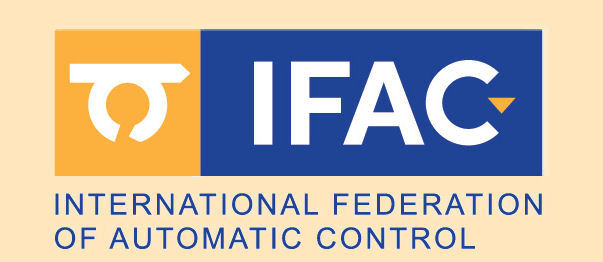| Paper MoB1.5
Adunyah, Adwoa Serwaah (Illinois Institute of Technology), Hall, Carrie (Illinois Institute of Technology)
Data-Driven Prediction of Anode Relative Humidity and Voltage in an Open-Cathode PEM Fuel Cell Stack Using the Koopman Operator
Scheduled for presentation during the Regular Session "Modelling, optimization and diagnostics of fuel cells" (MoB1), Monday, June 16, 2025,
16:50−17:10, Kapel
AAC 2025 11th IFAC International Symposium on Advances in Automotive Control, June 15-18, 2025, Eindhoven, Netherlands
This information is tentative and subject to change. Compiled on May 31, 2025
|


 This site is protected by copyright and trademark laws under US and International law.
This site is protected by copyright and trademark laws under US and International law.